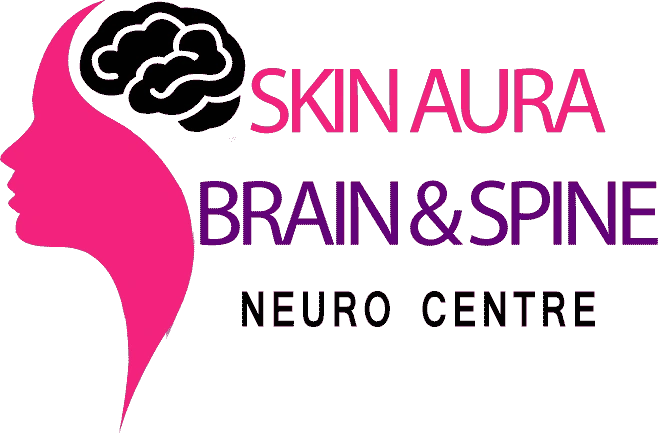Motor Neuron Disease
Motor neuron diseases are a group of conditions that cause the nerves in the spine and brain to progressively lose function. They are a rare but serious and incurable form of progressive neurodegeneration.
Motor neurons are nerve cells that send electrical output signals to the muscles, affecting the muscles’ ability to function.
Motor neuron disease (MND) can appear at any age, but most patients are over 40 years old at diagnosis. It affects men more than women.
he most common type, amyotrophic lateral sclerosis (ALS), probably affects around 30,000 Americans at any given time, with over 5,000 diagnoses each year.
The renowned English physicist, Stephen Hawking, and guitar virtuoso Jason Becker have been living with ALS for several years.
- Motor neuron diseases (MND) are a group of conditions that affect the nerve cells that send muscles to the brain.
- There is a progressive weakening of all the muscles in the body, which eventually affects ability to breathe.
- Genetic, viral, and environmental issues may play a role in causing MND.
- There is no cure, but supportive treatment can improve the quality of life.
- Life expectancy after diagnosis ranges from 3 years to longer than 10 years.
- British scientist Stephen Hawking has lived with MND for many years.
Types of motor neuron disease
There are several types of motor neuron disease.
ALS, or Lou Gehrig’s disease, is the most common type, affecting muscles of the arms, legs, mouth, and respiratory system. Mean survival time is 3 to 5 years, but some people live 10 years or more beyond diagnosis with supportive care.
Progressive bulbar palsy (PBP) involves the brain stem. People with ALS often have PBP too. The condition causes frequent choking spells, difficulty speaking, eating, and swallowing.
Progressive muscular atrophy (PMA) slowly but progressively causes muscle wasting, especially in the arms, legs, and mouth. It may be a variation of ALS.
Primary lateral sclerosis (PLS) is a rare form of MND that advances more slowly than ALS. It is not fatal, but it can affect the quality of life. In children, it is known as juvenile primary lateral sclerosis.
Spinal muscular atrophy (SMA) is an inherited MND that affects children. There are three types, all caused by an abnormal gene known as SMA1. It tends to affect the trunk, legs, and arms. Long-term outlook varies according to type.
The different types of MND share similar symptoms, but they progress at different speeds and vary in severity.
Signs and symptoms
MND can be divided into three stages, early, middle, and advanced.
Early stage signs and symptoms
Symptoms develop slowly and can be confused with symptoms of some other unrelated neurological conditions.


